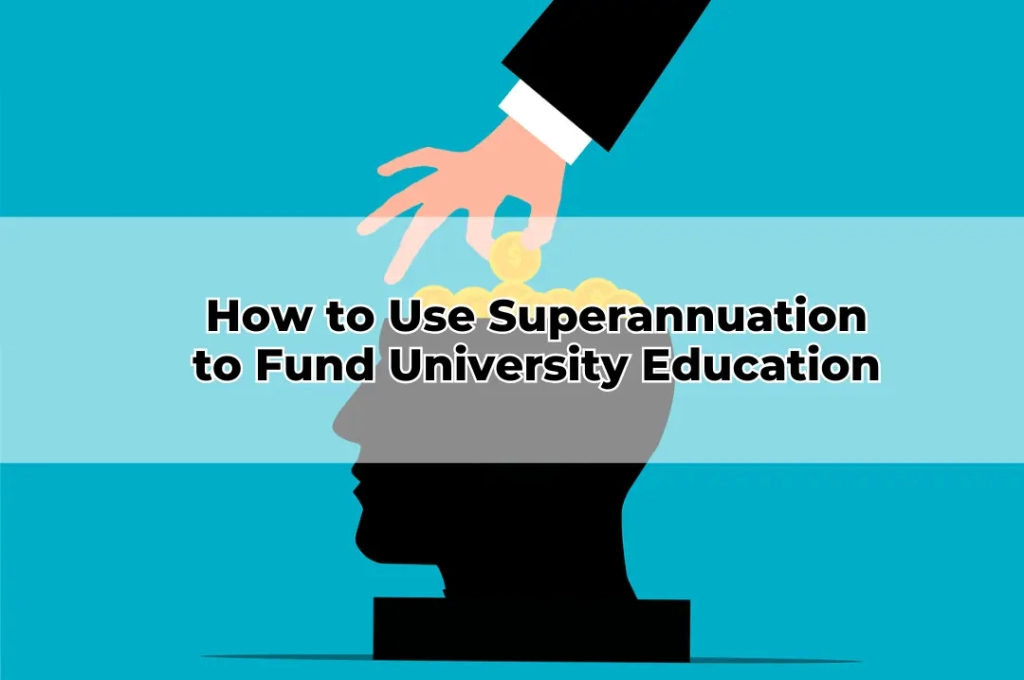How to Use Superannuation to Fund University Education
Table of Contents
ToggleSuperannuation is a cornerstone of financial security in Australia, designed primarily for retirement savings. However, its flexibility and long-term growth potential make it an attractive avenue for funding various life goals, including university education. By leveraging superannuation strategically, individuals can harness tax advantages, compounding growth, and contribution mechanisms to finance higher education expenses without derailing retirement objectives.
The Legal Framework Governing Superannuation Access
Superannuation is tightly regulated under Australian law, with strict conditions dictating when and how funds can be accessed. Generally, superannuation is preserved until the member reaches their preservation age and meets a condition of release. However, there are limited exceptions, such as severe financial hardship, compassionate grounds, and specific benefits like the First Home Super Saver Scheme. Understanding these regulations is crucial when considering superannuation for education funding.
Using Superannuation for Education: Is It Possible?
Directly withdrawing superannuation for university fees is generally not permitted under normal circumstances. However, certain strategies, such as utilising the self-managed superannuation fund (SMSF) structure or withdrawing funds under compassionate grounds, might provide opportunities. Additionally, superannuation benefits can indirectly support education through investment growth, estate planning, and intergenerational wealth transfer.
Self-Managed Superannuation Funds (SMSFs) as a Funding Vehicle
For those with an SMSF, the ability to control investments offers potential pathways for education funding. SMSFs can invest in assets that generate income, which can then be used to cover education expenses. While direct payment of tuition fees from an SMSF is not allowed, strategic investment decisions within the fund can facilitate indirect financial support for a beneficiary’s university costs.
The Role of Superannuation Contributions in Education Funding
Contributions to superannuation can play a pivotal role in long-term education planning. Voluntary concessional and non-concessional contributions allow individuals to grow their superannuation balance more efficiently, potentially providing financial flexibility later in life. Spouse contributions and government co-contributions can further enhance the super balance, indirectly aiding future educational expenses.
Early Release of Superannuation: What Are the Options?
Certain conditions permit the early release of superannuation, such as severe financial hardship or compassionate grounds. While education costs are not explicitly covered under these provisions, individuals facing financial difficulty due to tuition fees may explore these options. However, early withdrawals come with significant tax implications and potential long-term financial consequences.
Superannuation and Intergenerational Wealth Transfer
One of the most effective ways to use superannuation for education is through intergenerational wealth transfer. Parents or grandparents can allocate their superannuation benefits to support family members’ education costs, either through estate planning strategies or structured withdrawals post-retirement. Testamentary trusts funded by superannuation benefits can also serve as a tax-effective means to support education.
The Tax Implications of Using Superannuation for Education
Accessing superannuation early or withdrawing funds in retirement to pay for education expenses has tax implications. Lump sum withdrawals may attract tax, depending on the member’s age and the composition of their super balance. Pension-phase withdrawals, however, are generally tax-free for individuals over 60, making this a more advantageous strategy for education funding.
Government Schemes and Superannuation Benefits
The Australian government offers several schemes that complement superannuation when funding education. The Higher Education Loan Program (HELP) provides interest-free loans for tuition fees, which can be repaid using superannuation benefits post-retirement. Additionally, certain Centrelink benefits may assist in managing education-related expenses without the need to access super early.
Investment Strategies Within Superannuation for Education Planning
A well-structured investment strategy within superannuation can enhance education funding opportunities. Growth-oriented investments, such as shares and property, can provide substantial long-term returns. Balancing risk and return, while considering liquidity needs, is essential for ensuring superannuation assets can support both retirement and educational goals.
Weighing the Pros and Cons of Using Super for Education
While superannuation offers potential advantages in funding education, there are notable risks and drawbacks. Withdrawing super early can significantly impact retirement savings, reducing future financial security. The benefits of tax-effective compounding growth within superannuation must be weighed against the immediate need for education funding.
Conclusion
Navigating the complexities of superannuation and education funding requires expert guidance. A Toowoomba Financial Adviser can provide tailored strategies to maximise superannuation benefits while ensuring long-term financial security. Whether considering an SMSF, tax-effective withdrawals, or wealth transfer strategies, seeking professional financial planning advice is crucial.
For personalised assistance in leveraging superannuation for education funding, contact Wealth Factory today. As an expert in Financial Planning Toowoomba, I can help you navigate your options and develop a strategy tailored to your needs. Whether you’re looking for Retirement Financial Advice or an Online Financial Adviser, my expertise ensures your financial future remains secure while supporting your educational aspirations.









